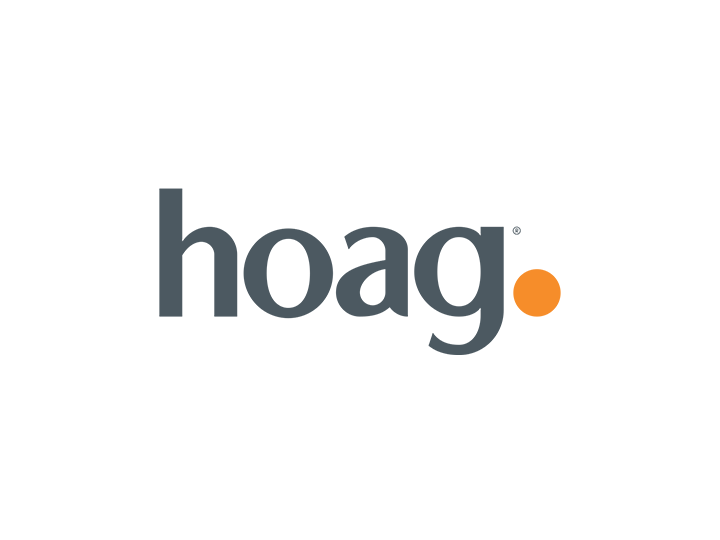The Silent Killer: How Our Daily Exposure to Toxins Affects Our Health

Poisonous overload occurs when the body cannot eliminate toxins due to over-accumulation. These toxins can come from your environment, diet, lifestyle, products, and electromagnetic frequencies. Toxic overload happens when toxins and chemicals build up in your body and start to disrupt your system.
Furthermore, the body can also produce systemic toxins, such as microbial toxins, in the intestine. Toxic overload can lead to gut permeability, mast cell overreaction, histamine responses, and overall inflammation. The effects of toxic overload often look like common colds, “seasonal allergies,” and joint inflammation.
Understanding the causes, means of exposure, and effects of toxic overload is not only essential but also empowering. This knowledge is crucial for preventing long-term chronic disease in the body, giving you the power to protect your health.
Causes of toxic overload
Environmental Pollutants: Environmental pollutants and other chemicals can contribute significantly to the toxic load. These toxins usually come from exposure to air pollution, like smog and smoke, and heavy metals like mercury and arsenic. You can actively manage these toxins and protect your health by using an air filter to purify your home environment.
Household and Personal Care Products: Home products are notorious for containing toxins. Cleaning agents, cosmetics, and personal care items like fragrances and perfumes contain chemicals like phthalates and parabens. Long-term exposure to these products can cause volatile organic compounds (VOCs), which can accumulate in the body. Ensure you read product labels carefully and opt for green, organic ones where possible.
Plastics, such as commercially made water bottles, food containers, plastic cooking ware, and nonstick appliances, contain high levels of PVC and BPA. PVC (polyvinyl chloride) is a type of plastic used for pipes carrying water and many other products. BPA (bisphenol A) is an industrial chemical that makes certain plastics and resins. These chemicals are primary hormones and endocrine disruptors in our bodies, especially for growing children. Minimizing your use of products with these plastics can help keep your endocrine system in balance.
Pesticides: Chemicals used in agriculture have increased crop production. These chemicals seep into the earth and leach into the drinking water we ingest, creating autoimmune diseases, cancer, and other troubling disorders, especially in growing children. Avoiding every pesticide is impossible, but you can take measures to reduce exposure. For example, check labels for organic and “non-GMO” food certifications, shop locally, and opt for seasonal, organic produce.
Dietary Factors: Some processed foods contain additives, preservatives, artificial colorings, and agricultural chemicals. Dyes such as Red 40 and Yellow 10 cause neurological harm, such as ADHD, due to the depletion of growth-causing minerals such as zinc and magnesium. Most of these dyes are banned in many other countries (the FDA still approves Red 40 in the U.S.) due to their links to cancer and high rates of neurological disruptions. Ensure that your diet contains whole, local, seasonal, and organic foods, and check the labels for any harmful dyes, especially in more processed foods.
Water Contaminants: Public drinking water is contaminated in some areas of the U.S. These contaminants are from industrial chemicals, heavy metals, and byproducts from water processes in the U.S. Here, we are generally depleted in mineral intake, so the mineral content is usually inadequate. Invest in a good-quality water filter to reduce the risk of contamination and maximize your mineral intake. For example, switch to bottled spring water packaged in BPA-free bottles (plastic chemicals).
Though there are many factors we can’t reasonably control, you can take simple steps at home to minimize the impact of toxins on your home and body. Test your home for harmful substances like radon or check electromagnetic frequencies from microwaves and Bluetooth devices. Start small by making a few manageable changes.
If you are concerned about toxic overload, contact someone at Hoag Compass at compass@hoag.org or (949) 557-0951.


